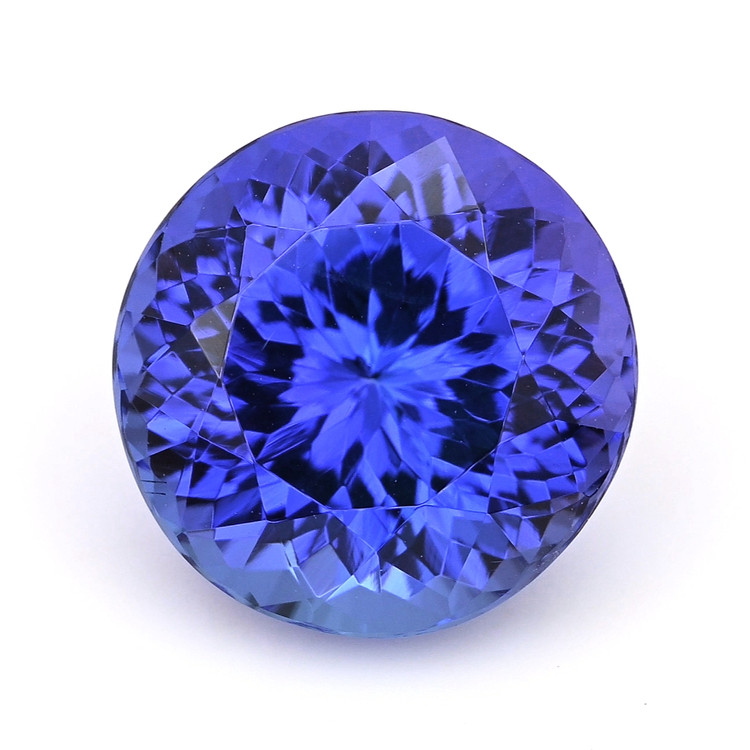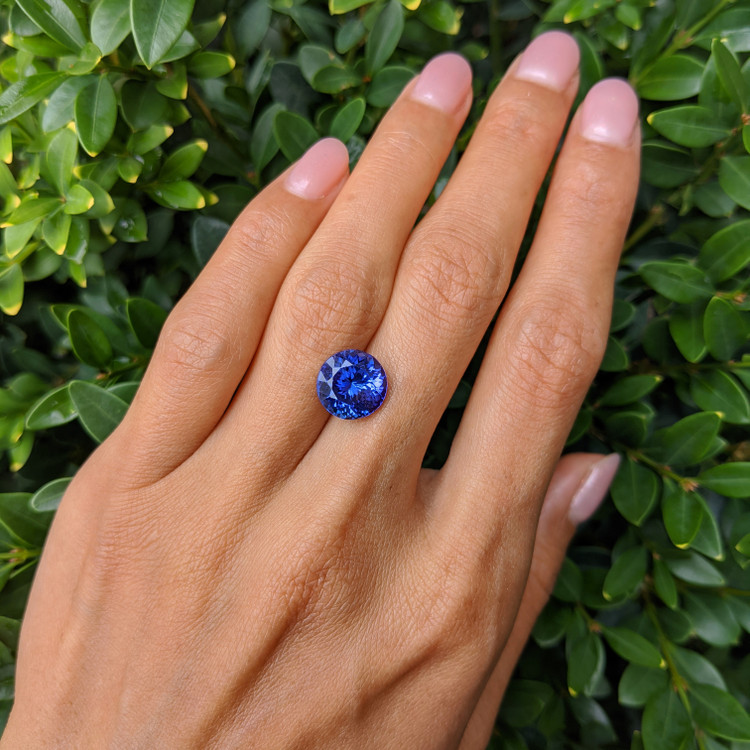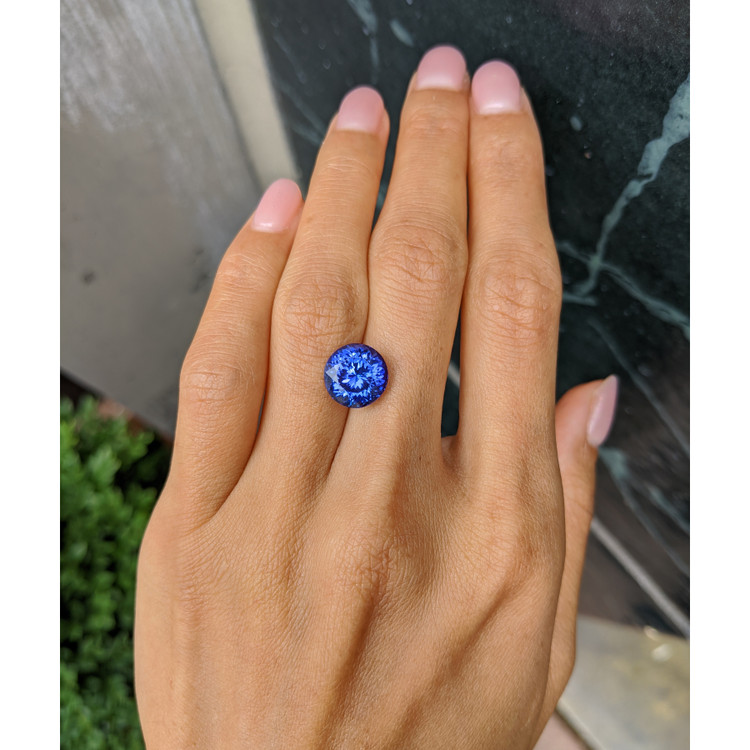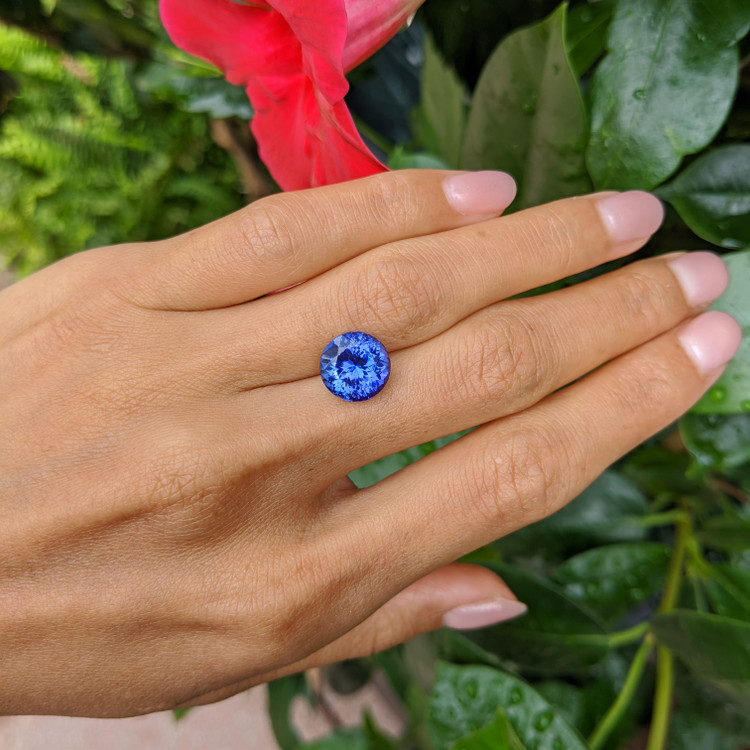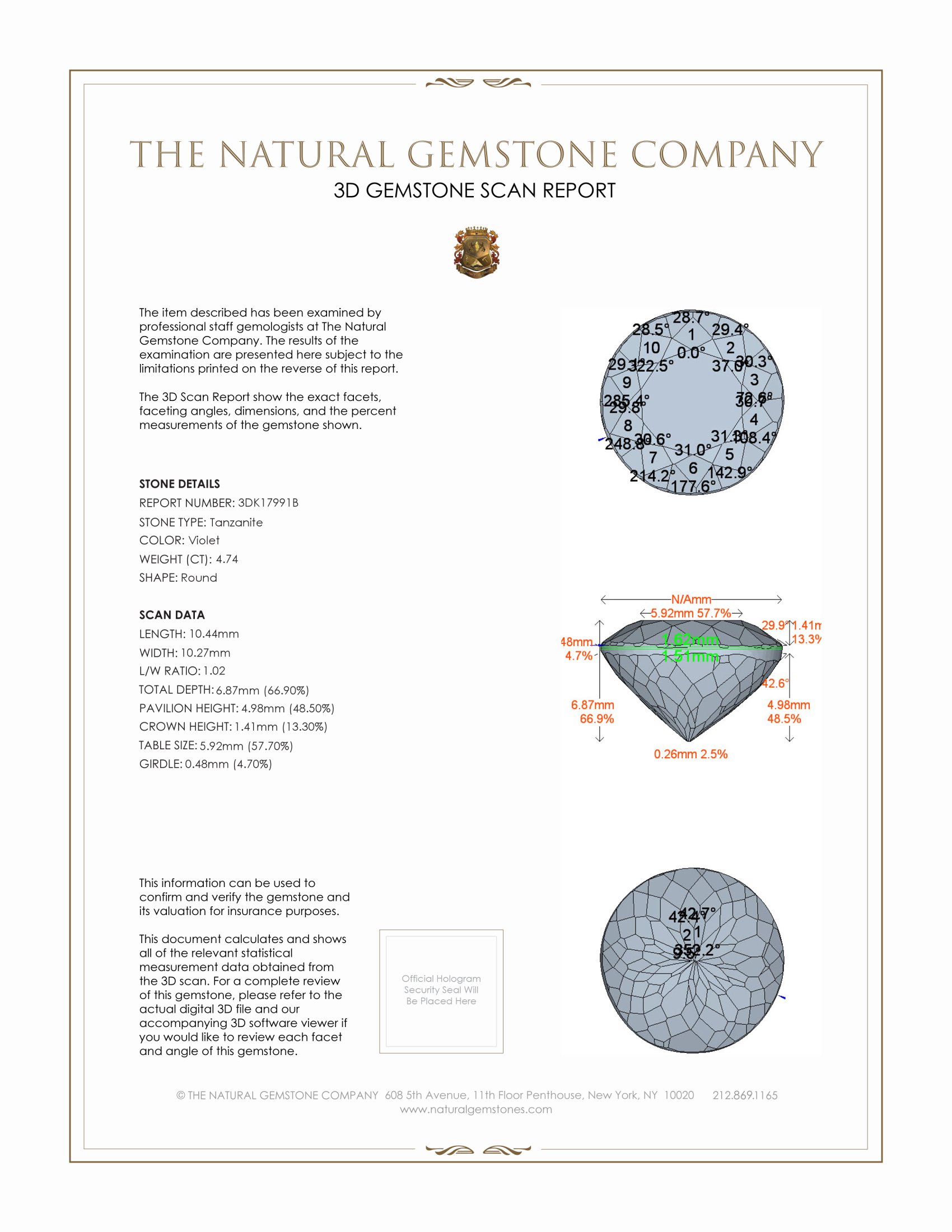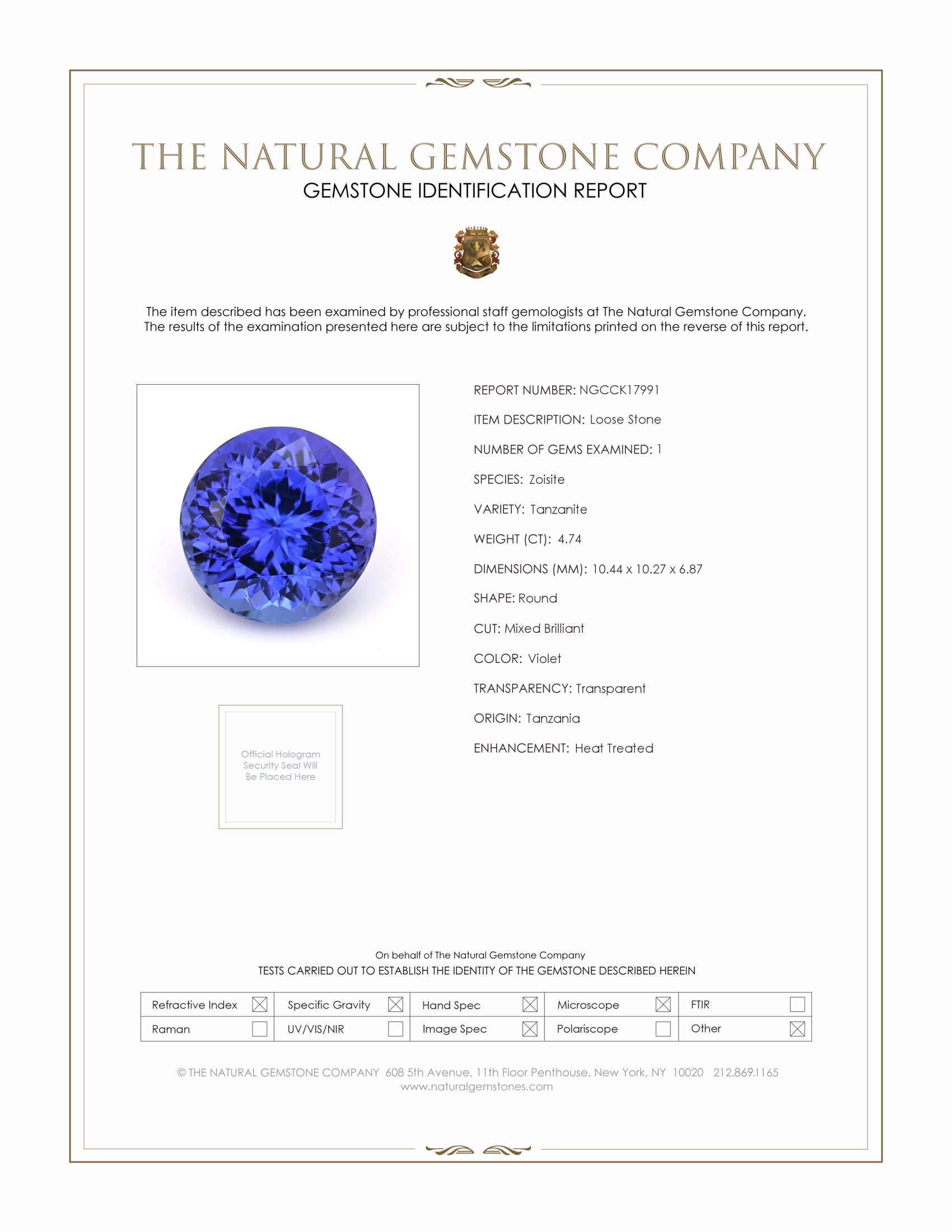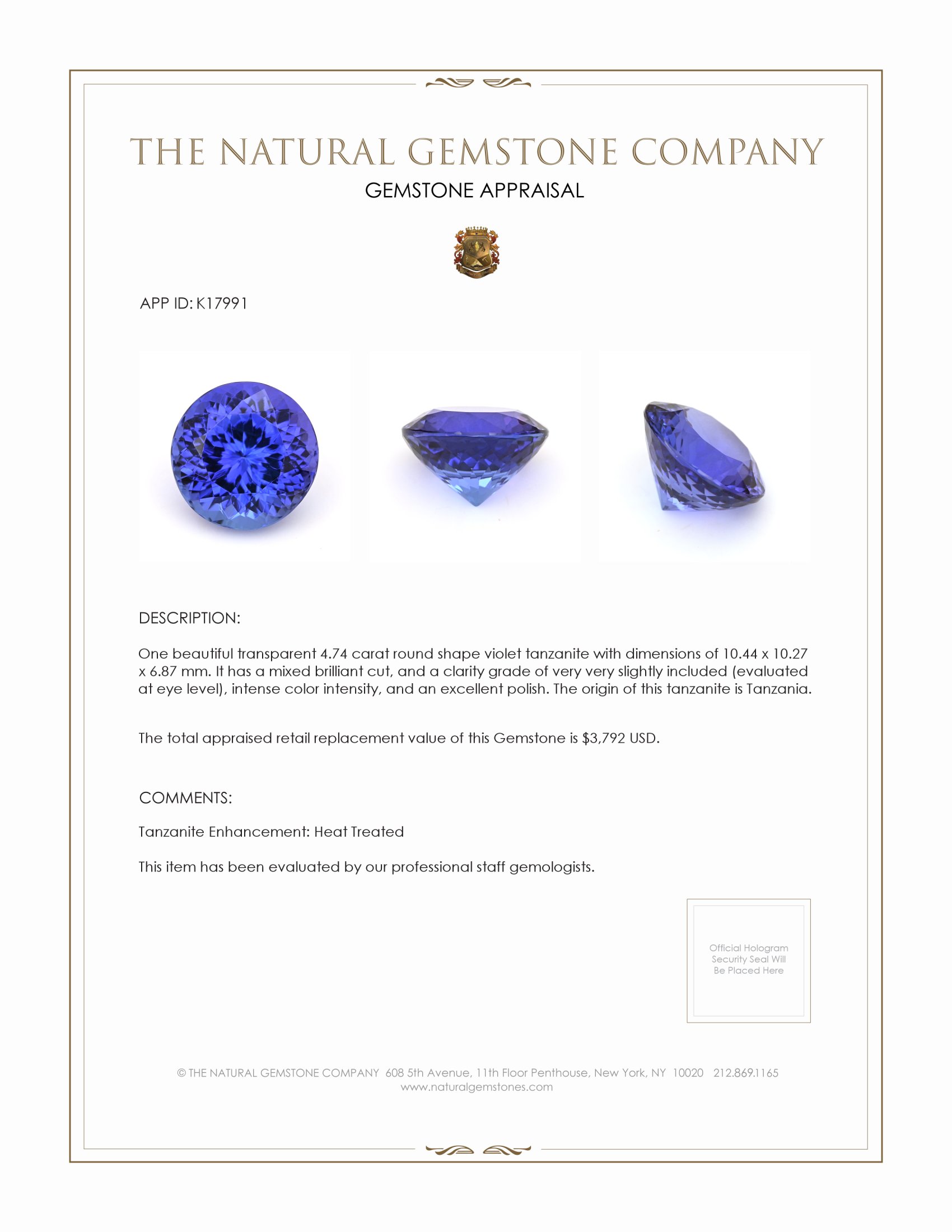- Stone12
- Reports3
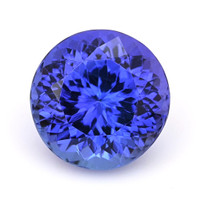

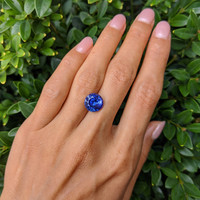
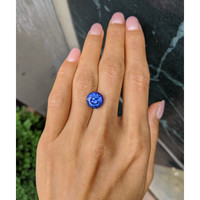
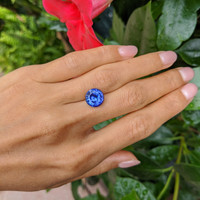
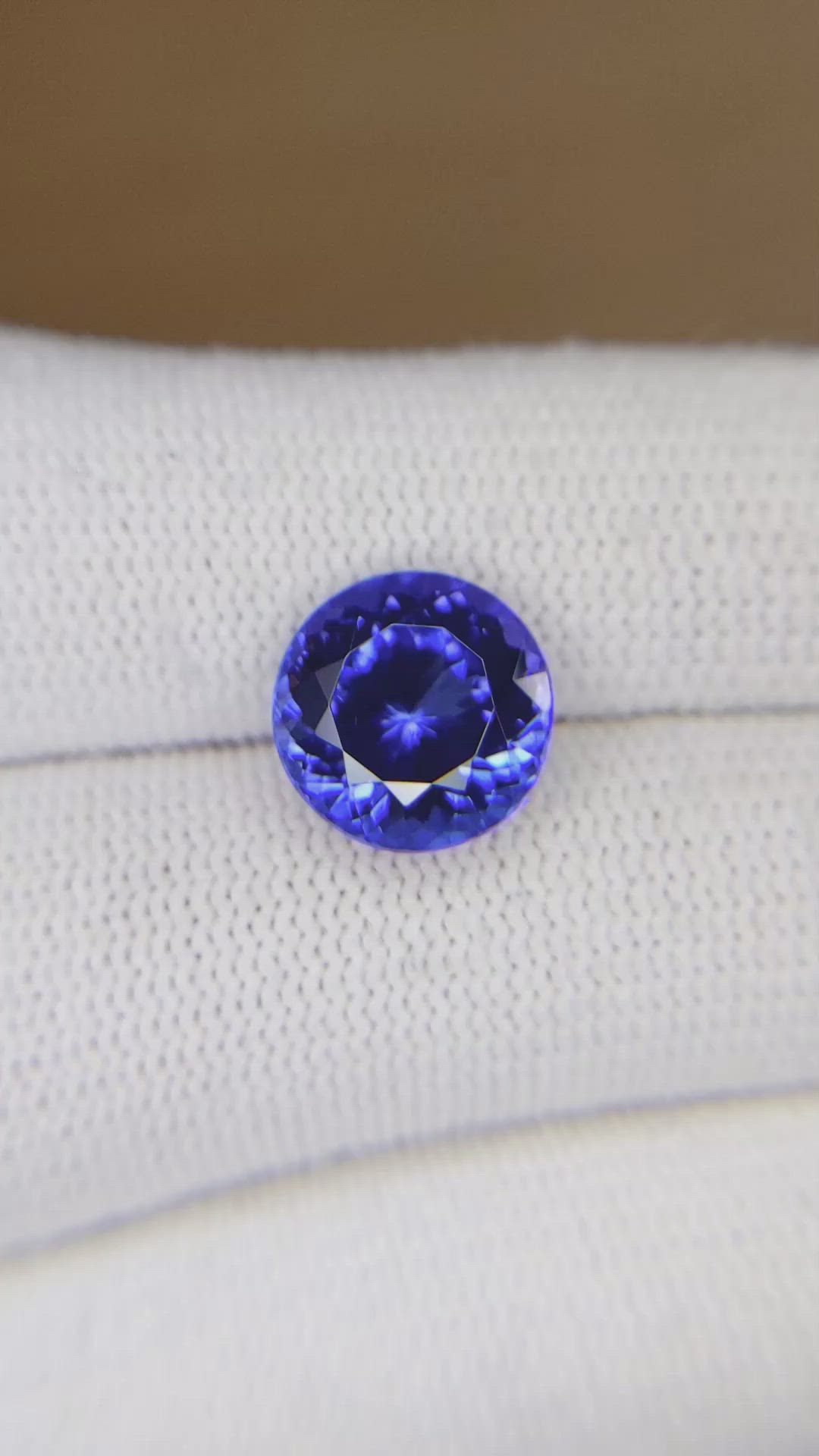
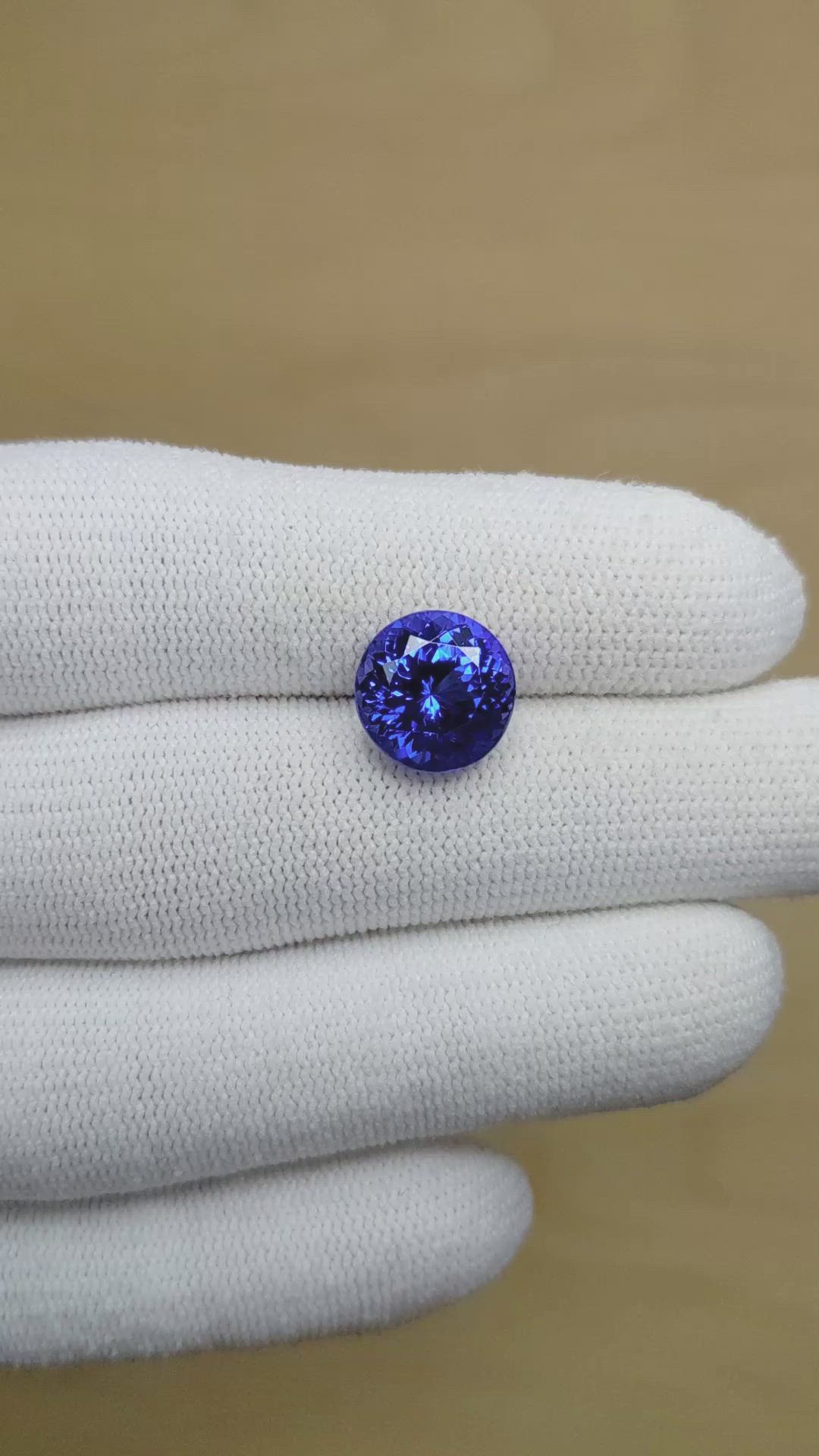
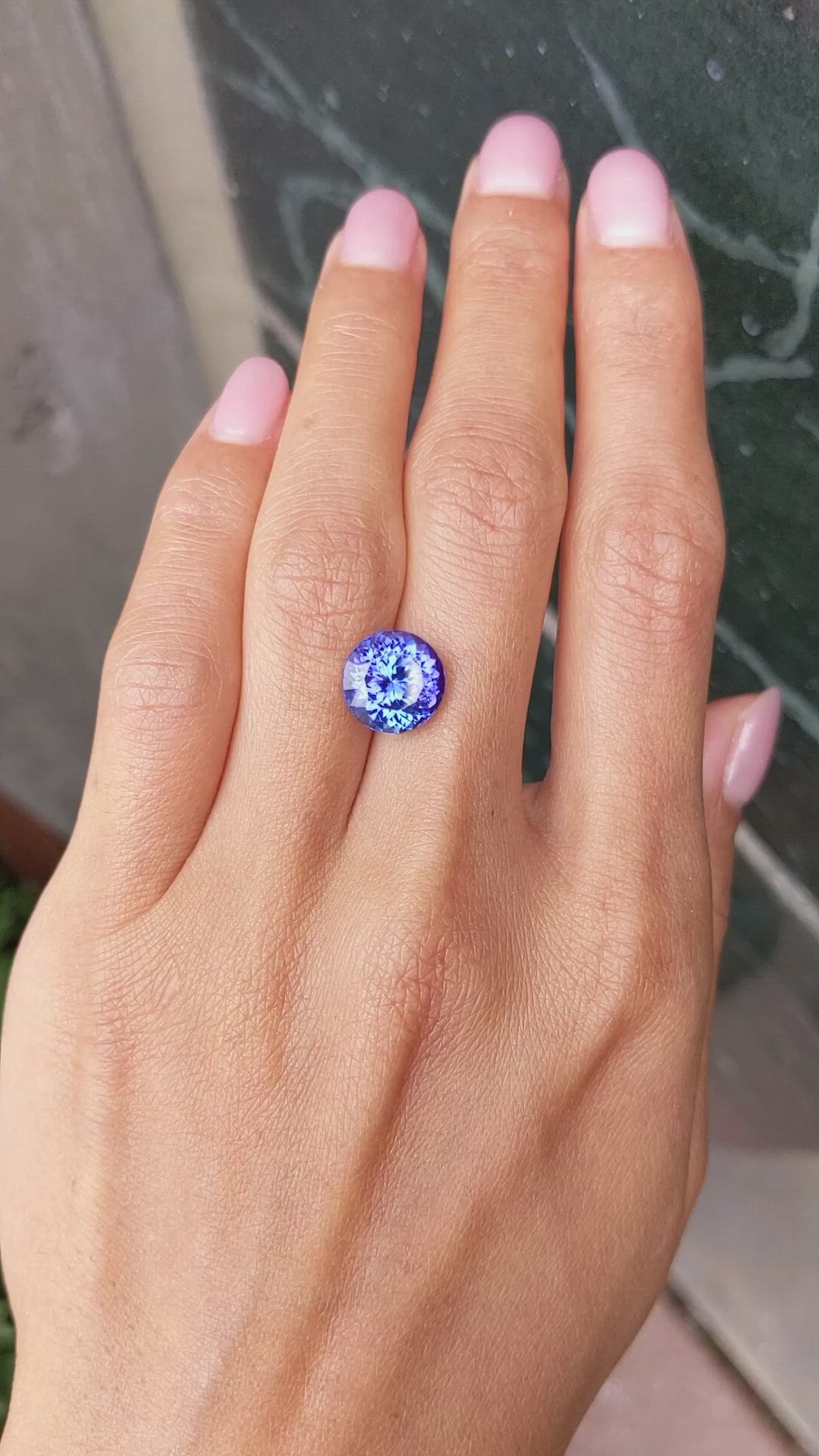

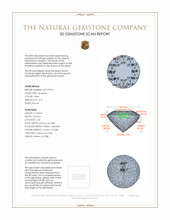
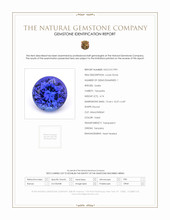
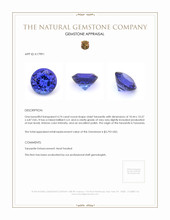
4.74 Ct. Tanzanite from Tanzania
This loose stone is available to ship now
Item ID: | K17991 |
|---|---|
Dimensions (MM): help | Length: 10.44 Width: 10.27 Height: 6.87 |
Weight: | 4.74 Ct. |
Color: help | Violet |
Color intensity: help | Intense |
Clarity: help | Very Very Slightly Included |
Shape: help | Round |
Cut: | Mixed Brilliant |
Cutting style: | Faceted |
Enhancements: help | Heat Treated |
Origin: help | Tanzania |
Per carat price: help | $800 |
This listing from The Natural Gemstone Company presents a single transparent violet tanzanite weighing 4.74 carats, cut to a classic round shape with precise dimensions of 10.44 by 10.27 by 6.87 millimeters, a mixed brilliant cut, and an eye level clarity grade described as very very slightly included. The stone exhibits intense color intensity, an excellent polish, and has been heat treated, a stable and widely accepted enhancement performed to bring out the vivid blue violet tones characteristic of the finest material. Origin is Tanzania, the only known commercial source for gem quality tanzanite, which places this gem in a unique provenance category among collector grade colored stones. The mixed brilliant cut has been chosen to optimize both face up presence and depth of color, while retaining weight for a substantial visual impact at just under five carats.
From a gemological perspective this tanzanite is noteworthy for its vivid violet blue that reads as intense and saturated in standard lighting, with secondary flashes of pure violet at certain face angles due to the strong trichroism inherent to zoisite. The very very slightly included clarity description evaluated at eye level communicates that the gem is essentially clean to the unaided observer, with only minute inclusions visible under magnification, a clarity class that supports premium pricing for colored stones where clarity and color interact to determine value. The mixed brilliant cut combines facets that emphasize scintillation across the table with pavilion facets that deepen the body color, producing a lively play of light while maintaining a deep, even saturation. The excellent polish ensures that light transmission is maximized and that the surface retains a high degree of brilliance and sharp facet reflection, qualities that immediately read as superior to stones with worn or poorly finished surfaces.
When comparing this tanzanite to famous gemstones in history, it is helpful to think in terms of the attributes collectors prize, namely color, clarity, rarity, and provenance. In the realm of blue gems, classic Kashmir sapphires are celebrated for their velvety, cornflower blue saturation and a silkiness that is unique to that origin. This tanzanite offers a different but equally compelling color story, combining deep blue with a violet overtone and a degree of brightness and vibrancy that can rival top sapphires under certain light. Against the benchmark of Burmese rubies which command attention for their pigeon blood red saturation, tanzanite occupies a distinct hue category where intense saturation is equally rare but expressed in blue violet rather than red, making it a complementary alternative for collectors seeking emotional impact in a cooler color spectrum. Compared to Colombian emeralds, prized for their vivid green and emerald fluorescence, tanzanite’s uniqueness lies in its singular geographic origin, the Merelani region of Tanzania, which creates a scarcity narrative similar to that of any stone with a limited source, and a modern historical resonance because tanzanite is a comparatively recent discovery yet already highly sought after.
For the educated buyer, the unique value of this gemstone lies in the balanced intersection of substantial carat weight, exceptional color, clean visual clarity, and verifiable origin. A 4.74 carat round tanzanite at these dimensions offers an unusually impressive face up size, a round shape that is both classic and highly versatile for high jewelry settings, and a mixed brilliant cut that maximizes both brilliance and perceived depth of color. Heat treatment in tanzanite is stable, permanent, and disclosed, and is considered an industry standard enhancement that brings out the desirable violet blue tones without affecting the structural integrity of the stone. Provenance from Tanzania adds a compelling story of geographic rarity, since commercial tanzanite comes almost exclusively from a narrow mining district, a fact that has contributed both to market demand and to the gemstone’s investment appeal. At The Natural Gemstone Company we stand behind full disclosure of treatment and origin, and we can arrange independent gemological reporting on request, as well as offer recommendations on mounting and care that will preserve the gem’s beauty for generations.




